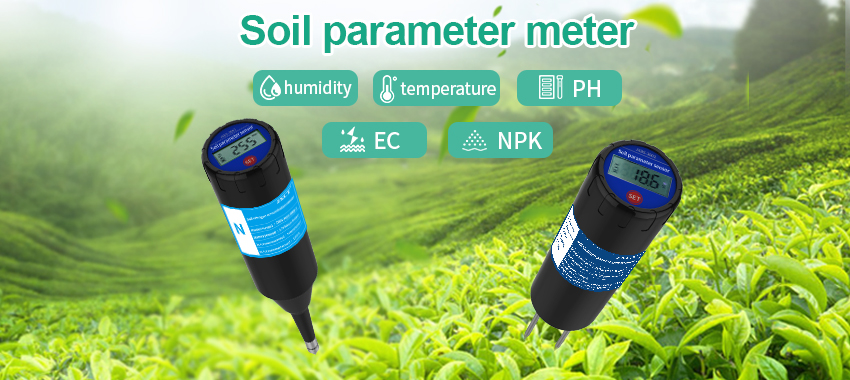Agriculture is an essential industry that provides food for the growing global population. However, traditional farming practices often fall short in terms of efficiency, productivity, and sustainability. As the world faces various challenges like climate change, water scarcity, and soil degradation, there is a pressing need to revolutionize agriculture. One technology that holds great promise in this endeavor is soil sensor technology. By harnessing the power of soil sensors, farmers can make data-driven decisions, optimize resource usage, and cultivate healthier crops. This article delves into the revolution taking place in agriculture through the integration of soil sensor technology.

Understanding Soil Sensor Technology:
Soil sensors are devices that measure various soil parameters critical for plant growth, such as moisture levels, temperature, nutrient content, and pH levels. These sensors are either embedded in the ground or installed above the soil surface. They continuously collect data, which is then transmitted to a central system for analysis and interpretation. The information gathered from soil sensors enables farmers to understand the real-time conditions of their fields and make informed decisions accordingly.
Improving Efficiency and Resource Management:
Agricultural operations consume significant amounts of resources like water, fertilizers, and energy. However, traditional methods often lead to overuse or inefficient utilization of these resources. Soil sensors offer a solution by providing precise information about soil moisture levels. With this data, farmers can optimize irrigation schedules, ensuring crops receive the right amount of water at the right time. This not only conserves water but also reduces energy consumption related to pumping and transporting water. By avoiding excessive irrigation, farmers can prevent waterlogged soils that hinder root growth and contribute to crop diseases.
Enhancing Nutrient Management:
Nutrient deficiency or excess in the soil can have adverse effects on crop growth and yield. With soil sensor technology, farmers can monitor nutrient levels in real-time and apply fertilizers accordingly. By pinpointing areas with nutrient deficiencies, farmers can adopt targeted fertilization practices, reducing the overall use of fertilizers and minimizing environmental pollution caused by nutrient runoff. Additionally, soil sensors enable farmers to optimize the timing and dosage of fertilizer application, ensuring crops receive the necessary nutrients at critical growth stages.
Preventing Soil Degradation:
Soil degradation is a significant concern in modern agriculture, resulting from erosion, compaction, salinization, and chemical pollution. Soil sensors play a vital role in preventing soil degradation by monitoring soil health parameters. Through soil sensor technology, farmers can identify signs of soil erosion or compaction, enabling them to take prompt corrective measures. Moreover, sensors can detect excessive salt levels or harmful chemicals in the soil, alerting farmers to potential risks and allowing for timely intervention. By maintaining soil health, farmers can ensure sustainable production and preserve valuable farmland for future generations.
Enabling Precision Farming:
The integration of soil sensors with other technologies, such as GPS and remote sensing, opens up new possibilities for precision farming. By combining data from soil sensors with satellite imagery and weather forecasts, farmers can create detailed field maps that guide decision-making. This information helps optimize planting patterns, adjust irrigation and fertilization schedules, and identify areas prone to pest infestations or diseases. Precision farming maximizes crop yields, minimizes input wastage, reduces environmental impact, and ultimately enhances profitability.
Challenges and Future Directions:
While soil sensor technology offers immense potential, there are challenges that need to be addressed. Cost barriers, technical limitations, and data management complexities still exist. However, ongoing research and advancements in sensor technology are gradually overcoming these obstacles. Future developments may include the miniaturization of sensors, improved wireless communication, enhanced data analytics, and integration with autonomous farming systems. These advancements will make soil sensor technology more accessible and user-friendly for farmers of all scales.

Conclusion:
Soil sensor technology is revolutionizing agriculture by providing valuable insights into soil conditions, enabling optimized resource management, and promoting sustainable farming practices. Through real-time data collection and analysis, farmers can make informed decisions to improve crop yields, conserve resources, and preserve soil health. As technology continues to evolve, the integration of soil sensors with other cutting-edge innovations will further enhance precision farming and contribut
